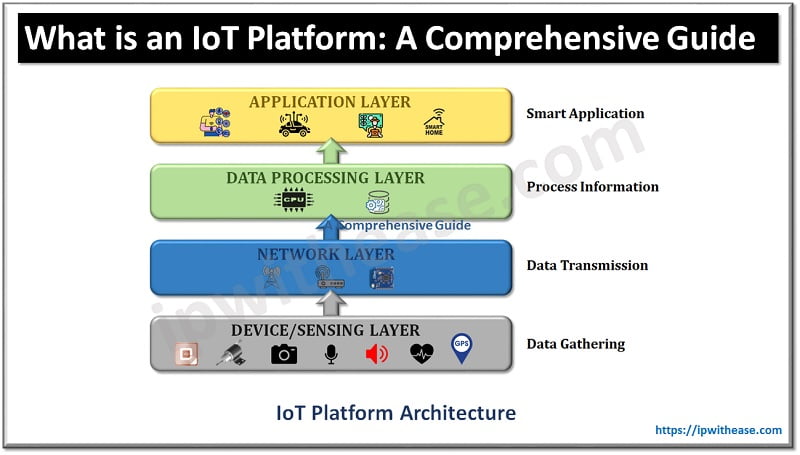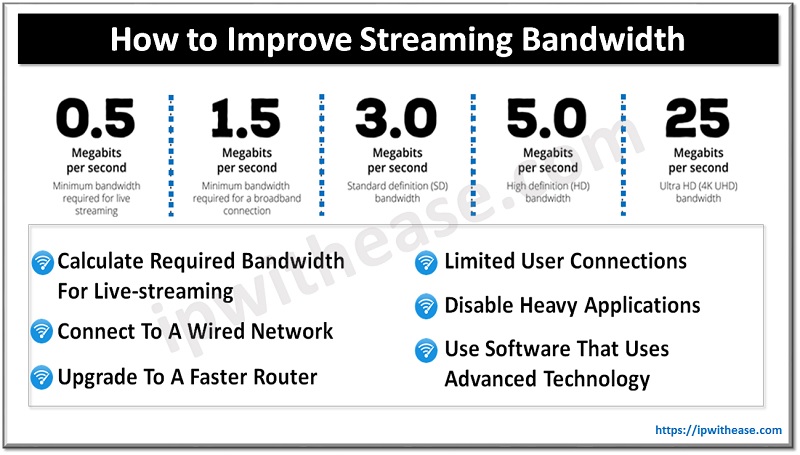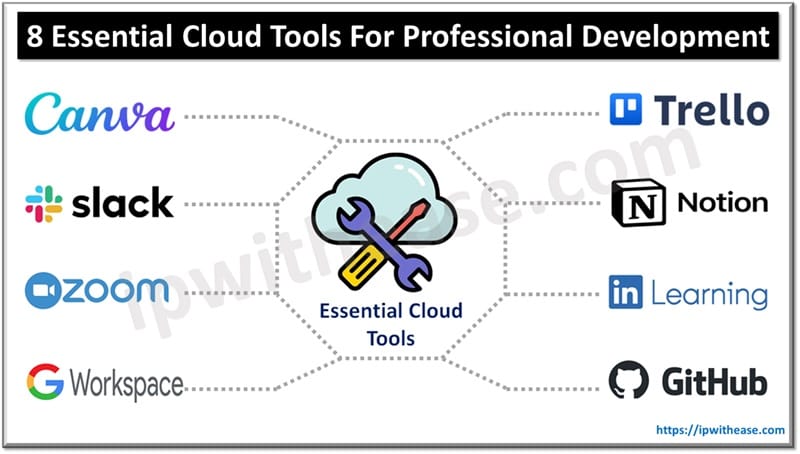Table of Contents
The Internet of Things (IoT) is one of the most important technologies of the 21st century. It has revolutionized the way businesses operate and has enabled companies to improve their efficiency in ways never seen before. As a result, many businesses are now considering implementing an IoT platform to help them manage their IoT devices and data.
In this comprehensive guide, we will look at what an IoT platform is, its components, architecture, types, benefits, security considerations, pricing models, how to choose an IoT platform, examples of successful implementations, and case studies of successful IoT platform implementations.
What is an IoT Platform?
An IoT platform is a system that enables businesses to manage and control their connected devices, networks, and data. It provides a unified platform for businesses to develop, deploy, and manage their IoT solutions. It enables businesses to securely connect, monitor, and control their IoT devices from a single, centralized location.
The IoT platform also provides a way for businesses to collect data from their IoT devices and analyze it to gain insights into their operations and to develop new products and services. It is a powerful tool for businesses to manage their IoT devices and data efficiently and cost-effectively.
Components
An IoT platform consists of several components that work together to provide the necessary features and functionalities. These components include:
- Device Management: Provides tools to manage and control the IoT devices.
- Data Storage and Processing: Stores and processes the data collected from the IoT devices.
- Analytics and Insights: Provides tools to analyze and gain insights from the data.
- Security: Ensures that the platform is secure and protected from unauthorized access.
- Connectivity: Enables the IoT devices to communicate with each other and the platform.
- User Interface: Provides an easy-to-use interface to manage the IoT platform.

IoT Platform Architecture
The architecture consists of 4 layers that work together to provide the necessary features and functionalities. The layers include:
- Device/Sensing Layer: The fundamental layer of any IoT system consists of “things” or endpoint gadgets that work as a connection between the physical and digital realms. Perception is related to the physical layer, which involves sensors and actuators that are able to compile, accept, and process data via the network. Sensors and actuators can be affiliated either wirelessly or with wired connections. The architecture does not limit the scope or position of its parts.
- Network Layer: Network layers are useful for providing a visual representation of the way data is moved across an application. These layers include Data Acquisition Systems (DAS) and Internet/Network gateways. A DAS takes care of the collection and transformation of data (for instance, gathering information from sensors and changing analog data to digital data). It is essential to send and work with the information gathered by the sensor devices, and this is what the network layer is used for. It makes it possible for these gadgets to communicate and connect with other smart devices, servers, and network devices. It also manages all the data transmissions to the gadgets.
- Data Processing Layer: The processing layer is the center of the IoT universe. This is where data is inspected, pre-processed, and stored prior to forwarding it to the data center. Software applications that control and manage the data as well as develop further activities are set up from here. This is when Edge IT or edge analytics is taken into account.
- Application Layer: Interaction between users and applications occurs at the application level, providing services that are tailored to the user. For instance, a smart home setup could be configured to allow someone to activate a coffee maker by simply pressing a button on an app or displaying the current status of its components. Additionally, IoT technology can be used in various ways, including smart cities, residences, and healthcare.
Types of IoT Platforms
- Cloud-Based: These platforms are hosted in the cloud and enable businesses to access their IoT data and devices from anywhere.
- On-Premise: These platforms are hosted on the business’s own servers and provide businesses with more control over their data and devices.
- Hybrid: These platforms are a combination of cloud- and on-premise solutions and enable businesses to take advantage of both solutions.
Benefits
- Improved Efficiency: An IoT platform enables businesses to automate and streamline their operations, resulting in improved efficiency and productivity.
- Reduced Costs: An IoT platform enables businesses to reduce their costs by eliminating the need for manual labor and by reducing the costs associated with managing and maintaining their IoT devices.
- Increased Revenue: An IoT platform enables businesses to develop new products and services that can generate additional revenue.
- Improved Security: An IoT platform enables businesses to protect their data and devices from unauthorized access and malicious attacks.
IoT Platform Security
Security is an important consideration when implementing an IoT platform. The security of the IoT platform should be a top priority for businesses to ensure that their data and devices are protected from unauthorized access and malicious attacks.
The security of an IoT platform can be improved by using encryption, authentication, access control, and other security measures. These measures should be implemented to ensure that the platform is secure and protected from unauthorized access.
Pricing Models
IoT platforms are available in a variety of pricing models, including subscription-based, pay-as-you-go, and usage-based models. The pricing model chosen should depend on the needs and budget of the business.
Subscription-based models are best for businesses that need a long-term solution. Pay-as-you-go models are best for businesses that need a short-term solution. Usage-based models are best for businesses that need a flexible solution.
How to Choose an IoT Platform
When choosing an IoT platform, businesses should consider several factors, including their budget, the type of solution they need, their security requirements, and the features and functionalities they need. Businesses should also consider the pricing model of the platform and how it will fit into their budget. Additionally, businesses should consider the vendor’s reputation and customer service.
Examples of Successful IoT Platforms
There are many examples, some of the most popular include
- Amazon Web Services (AWS),
- Microsoft Azure,
- IBM Watson,
- Google Cloud Platform, and
- Siemens MindSphere.
These platforms provide businesses with the tools they need to develop, deploy, and manage their IoT solutions.
Case Studies of IoT Platform Implementations
There are many case studies of businesses that have successfully implemented IoT platforms. For example,
- Philips Healthcare used an IoT platform to improve their healthcare products and services. The platform enabled them to monitor patient data in real-time and to provide personalized healthcare services to their customers.
- Another example is Walmart, which used an IoT platform to improve the efficiency of their supply chain. The platform enabled them to track the movement of their products and to optimize their delivery times.
Conclusion
IoT platforms are an important tool for businesses to manage their IoT devices and data. They provide businesses with the tools to improve their operations and to develop new products and services. As businesses continue to adopt IoT solutions, the demand for IoT platforms will only continue to grow.
Continue Reading
IoT Applications and Tools in Farming
ABOUT THE AUTHOR

You can learn more about her on her linkedin profile – Rashmi Bhardwaj



